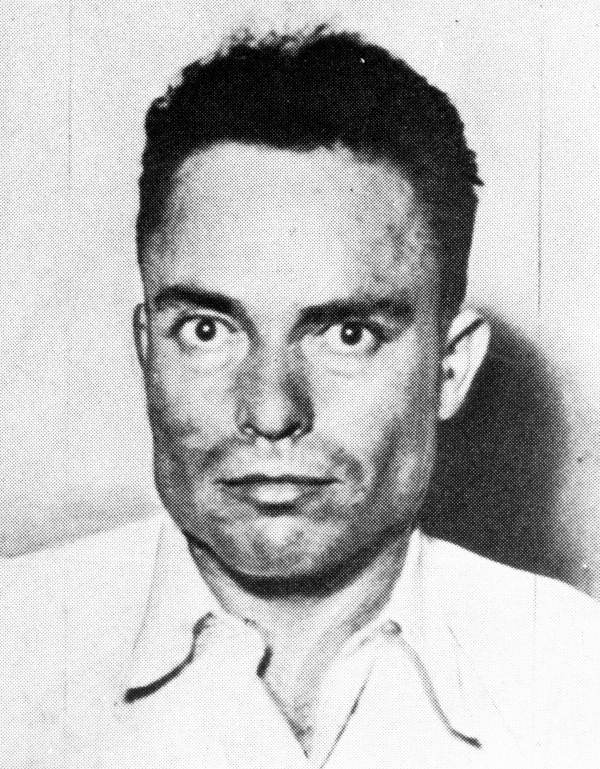The evening of February 15, 1933, was a dreary day for Americans. President-elect Franklin Delano Roosevelt narrowly escaped an assassination attempt in Miami, Florida, on this day in history. The event unfolded at Bayfront Park, where Roosevelt had just delivered a brief speech to a crowd from the back seat of his open touring car. While FDR did emerge unscathed, the attack underscored the volatile climate of the Great Depression and left a tragic mark on the nation.
After Roosevelt addressed the crowd during his impromptu speech, on the evening of February 15th, Giuseppe Zangara, an unemployed Italian immigrant and bricklayer, fired five shots with a .32 caliber revolver. Standing on a wobbly metal chair about 30 feet away, Zangara aimed at the President-elect but missed. The shots instead struck five other individuals in the crowd, including Chicago Mayor Anton Cermak. Cermak sustained a severe stomach wound that would ultimately prove fatal, dying 19 days later.
Thankfully, Zangara’s shooting spree was cut short due to the quick reactions of nearby bystanders, including a heroic woman named Lillian Cross. She hit Zangara’s arm as he fired and did not let go of it. Her brave attempt did save the president-elect, but there were still a few injuries and one eventual fatality. Five total people were shot that day, and one died. Anton Cermak, the Mayor of Chicago, did not make it after Zangara unleashed on the people; he passed away 19 days after the shooting occurred.
The chaotic scene revealed Roosevelt’s remarkable calmness under pressure. Witnesses recalled FDR’s focus and poise, which endeared him even further to the public. Giuseppe Zangara claimed no personal grudge against Roosevelt. Instead, he expressed a general disdain for politicians and wealthy individuals whom he blamed for the suffering caused by the Great Depression. Zangara, himself suffering from chronic stomach pain, believed his misfortunes justified his violent actions. Despite initial charges of attempted murder, Zangara was swiftly retried and executed in Florida’s electric chair after Cermak’s death on March 6, 1933.
Mayor Cermak’s death stirred several rumors, with some speculating that he, not Roosevelt, was Zangara’s intended target. Cermak, a political figure connected to Chicago’s powerful Democratic machine, had many enemies. However, no evidence substantiated these claims, and Zangara insisted he intended to kill Roosevelt.
For FDR, this historic day became a defining moment even before his presidency began. His composure in the face of danger strengthened public confidence in his leadership. Less than a month later, Roosevelt was inaugurated as the 32nd President of the United States, steering the nation through the depths of the Great Depression and, ultimately, World War II.

